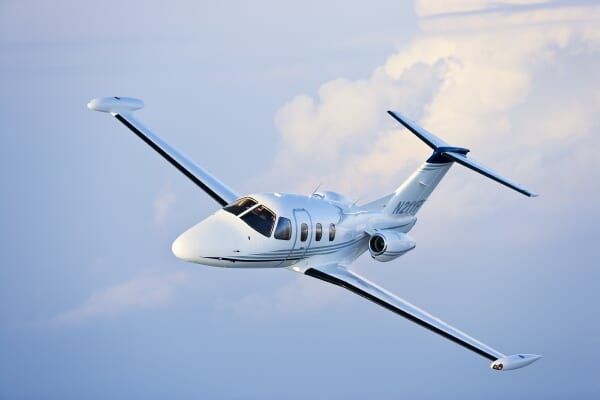Eclipse Aerospace, Inc. recently completed the enhanced windshield application for the dissipation of precipitation static on windshields, as well as aircraft design changes for operation up to 41,000 feet.
The new FAA-certified windshield application uses a thin carbon strip that is adhered directly to existing Eclipse twin-engine jet windshields. This maintenance-free strip is bonded across the windshield and to the aircraft structure, creating a conductive path that acts as a diverter to dissipate potential precipitation static under certain flight conditions, according to company officials.
 “This new diverter strip replaces the previous chemical-based application, which was hard to apply and difficult to maintain,” stated Ken Ross, president of Eclipse Aerospace, Inc. Global Service and Support Division.
“This new diverter strip replaces the previous chemical-based application, which was hard to apply and difficult to maintain,” stated Ken Ross, president of Eclipse Aerospace, Inc. Global Service and Support Division.
Eclipse also has completed the engineering requirements addressing the existing FAA Airworthiness Directive restricting flight to 37,000 feet. Eclipse is actively testing these modifications and has completed the final design. Final certification of the modifications are expected before the end of the year. After installation, these modifications will permit the EA500 to return to a service ceiling of 41,000 feet, company officials said.
“The windshield upgrade and return to 41,000 feet were our most difficult challenges to overcome in our upgrade program,” said Mason Holland, chairman and CEO. “By completing these projects we are officially announcing that the initial commitments to our existing customers have been met. We look forward to continuing to provide service for our customers while advancing innovations for the Eclipse Twin Engine Jet through our Total Eclipse program.”
For more information: EclipseAerospace.net
